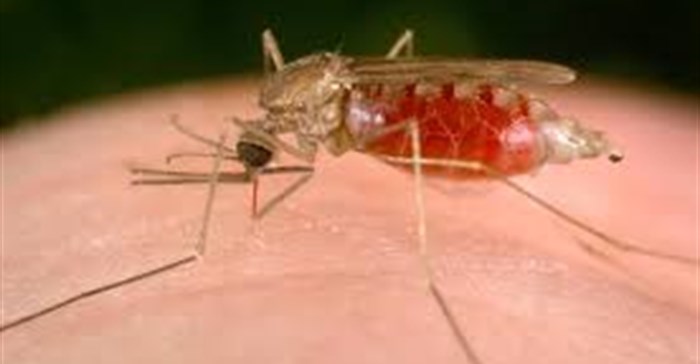
Top stories



LegalTsotsi star’s house, bought with lottery funds, frozen by Special Tribunal
Raymond Joseph 9 hours



More news


Researchers at the University of Pretoria Institute for Sustainable Malaria Control (UP ISMC) have turned to satellite data to get a heads-up on malaria outbreaks and smartphone apps to control and monitor the disease.

Up in the air, satellites are being used to predict malaria outbreaks using geographic information systems (GIS) and advanced satellite imaging to identify the environmental factors that allow malaria-spreading mosquitos to breed and thrive.
Armed with this information, outbreaks can be predicted with incredible accuracy. “Using remote sensing as part of an early-warning system for outbreaks, we can forecast malaria occurrences from three to six months in the future,” adds UP ISMC doctorate student, Abiodun Morakinyo Adeola. “Our predictions using this model have been correct nine out of 10 times in all five Mpumalanga communities which formed part of the study.” This level of accuracy is on par with the World Health Organisation’s standards.
The indoor residual spraying (IRS) programme is the current preferred method for malaria control in at-risk areas. And, until recently there was no centralised digital database to ensure that spraying was effective, regular and safe. “Previously, the spray workers would go into homes, spray the walls and fill in cards,” says Professor Tiaan de Jager, director of the UP ISMC. “Come the next malaria season, they would go back and spray, but there was no clear database recording what substance was use, where was sprayed or when.”
mSpray works by allowing spray workers to record information about pesticides sprayed, the number of structures sprayed, concentrations and application procedures - all on their cell phone. This technology reduces the time needed to record or access data and ensures a safer and more efficient IRS programme.
The technology focuses on malaria control data management for the annual indoor residual spraying (IRS) programme, and was developed at the University of California Berkeley (UCB) with input from researchers at the UP ISMC; specifically Professor Riana Bornman,.
While the Malaria Buddy app provides information on malaria risk, prevention and symptoms for travellers in malaria endemic areas. Launched in early 2016, Malaria Buddy made in collaboration with Travel With Flair is available for Android and iOS and assists travellers to malaria-endemic areas with information on risk, prevention and symptoms. The UP ISMC team and Travel with Flair are currently designing an updated version to include GPS technology to direct users to the nearest healthcare centre if symptoms are detected.